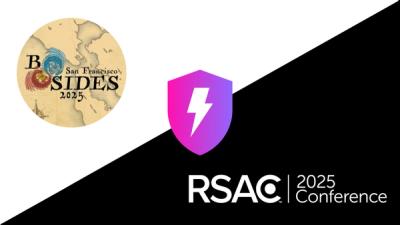
Security News
NVD Concedes Inability to Keep Pace with Surging CVE Disclosures in 2025
Security experts warn that recent classification changes obscure the true scope of the NVD backlog as CVE volume hits all-time highs.
weather-underground-node
Advanced tools
Weather underground client for node.js - NEW 2019 API from The Weather Company (IBM) only for PWS owners
The Weather Company (IBM), which acquired Weather Underground in 2012, withdrew the API Weather Underground in March 2019 (see: End of Service for the Weather Underground API last update 20-02-2020 by WaybackMachine)
But IBM itself has decided that the owners / contributors of Personal Weather Station (PWS) will continue to be eligible for a free replacement API service selected from our standard IBM/Weather Company standard offerings that contain:
(see: Weather Underground API update last update 20-04-2020 by WaybackMachine)
From Friday, March 22, 2019, IBM will begin turning off the keys associated with personal weather stations (PWSs) on the old Weather Underground API http://api.wunderground.com/api/.
In order to use the new API made available by the Wheater company (IBM) accessible from the new endpoint https://api.weather.com you need to get the new api key. Go to WU - Personal Weather Station Network login/register and then to API Keys
APIs for Personal Weather Station Contributors https://docs.google.com/document/d/1eKCnKXI9xnoMGRRzOL1xPCBihNV2rOet08qpE_gArAY/edit
npm install --save weather-underground-node
var WeatherUndergroundNode = require('weather-underground-node');
var myApyKey = 'B5792DB9271ED8697F671F8FBBE49E43';
var wunderground = new WeatherUndergroundNode(myApyKey);
The syntax follows a simple pattern:
wunderground.[resource call(s)].request(callback);
The available resource calls are the following (you must include one in your request):
PWSCurrentConditions
PWSDailySummary7Day
PWSRecentHistory1Day
PWSRecentHistory7Day
PWSHistoryHourly
PWSHistoryAll
PWSHistoryDaily
ForecastDaily
LocationSearch
LocationPoint
LocationNear
The documentation for each resource can be found here: APIs documentation for PWS Contributors.
So to get the current conditions you would use the following code, where IROME288 is a PWS station ID:
wunderground.PWSCurrentConditions("IROME228").request(function (err, response) {
console.log(response);
}
To get 5 day forecast by postal code:
wunderground.ForecastDaily().FiveDay().ByPostalCode("00178", "IT").Language("en-EN").request(function (err, response) {
console.log(response);
}
To get 5 day forecast by geocode wit Italian language:
wunderground.ForecastDaily().FiveDay().ByGeocode("41.860", "12.470").Language("it-IT").request(function (err, response) {(function (err, response) {
console.log(response);
}
To get daily historic data:
wunderground.PWSHistoryDaily("IROME228", "20190309").request(function (err, response) { console.log(response);
}
In order to run unit tests you need to include your apykey in .env file in the root directory.
Then simply run test this command: npm run test
For code coverage run this command: npm run coverage
This project is released under The MIT License (MIT)
FAQs
Weather underground client for node.js - NEW 2019 API from The Weather Company (IBM) only for PWS owners
The npm package weather-underground-node receives a total of 9 weekly downloads. As such, weather-underground-node popularity was classified as not popular.
We found that weather-underground-node demonstrated a healthy version release cadence and project activity because the last version was released less than a year ago. It has 0 open source maintainers collaborating on the project.
Did you know?

Socket for GitHub automatically highlights issues in each pull request and monitors the health of all your open source dependencies. Discover the contents of your packages and block harmful activity before you install or update your dependencies.

Security News
Security experts warn that recent classification changes obscure the true scope of the NVD backlog as CVE volume hits all-time highs.

Security Fundamentals
Attackers use obfuscation to hide malware in open source packages. Learn how to spot these techniques across npm, PyPI, Maven, and more.

Security News
Join Socket for exclusive networking events, rooftop gatherings, and one-on-one meetings during BSidesSF and RSA 2025 in San Francisco.